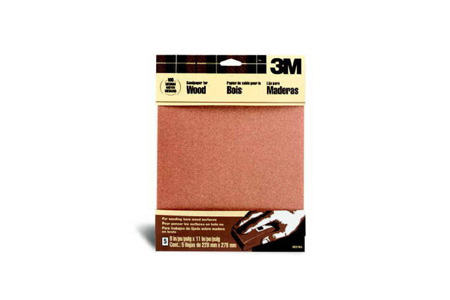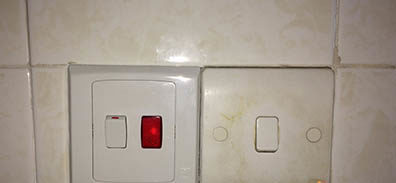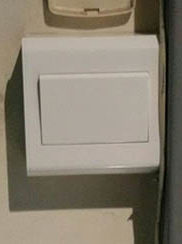Bat Pest Control
Bats, the only mammal capable of flight, are a crucial part of our ecosystem. Living exterminators, these flying critters are responsible for controlling pests like mosquitoes from getting out of hand. Regardless of how useful they are, these creatures have a bad reputation of being associated with the supernatural, and often have been referred to as “flying rats.”
There are several different bat species.
There are multiple bat species that could inhabit your home; each has different habits and habitats. In North America, the following species are most common.
Big Brown Bats: These bats are mid-sized mammals that are dark in color. They feed on insects and roost in any high point they can find. You can find them in your eaves, attics, and other high places during the day and hunting at night. They are common nesters during the winter months and can travel alone or in groups.
Little Brown Bats: These little creatures are only about three inches. They can hide in small spaces in the warmer months and seek shelter when they hibernate. Their favorite delicacy includes small, soft-bodied insects, or bugs near slow-moving water.
Mexican Free-Tailed Bats: These bats live in the southeast and west near the coast. They are tiny, about three inches, and are mostly tail. These wild animals tend to live in big colonies and seek shelter in a cave or cave-like areas.
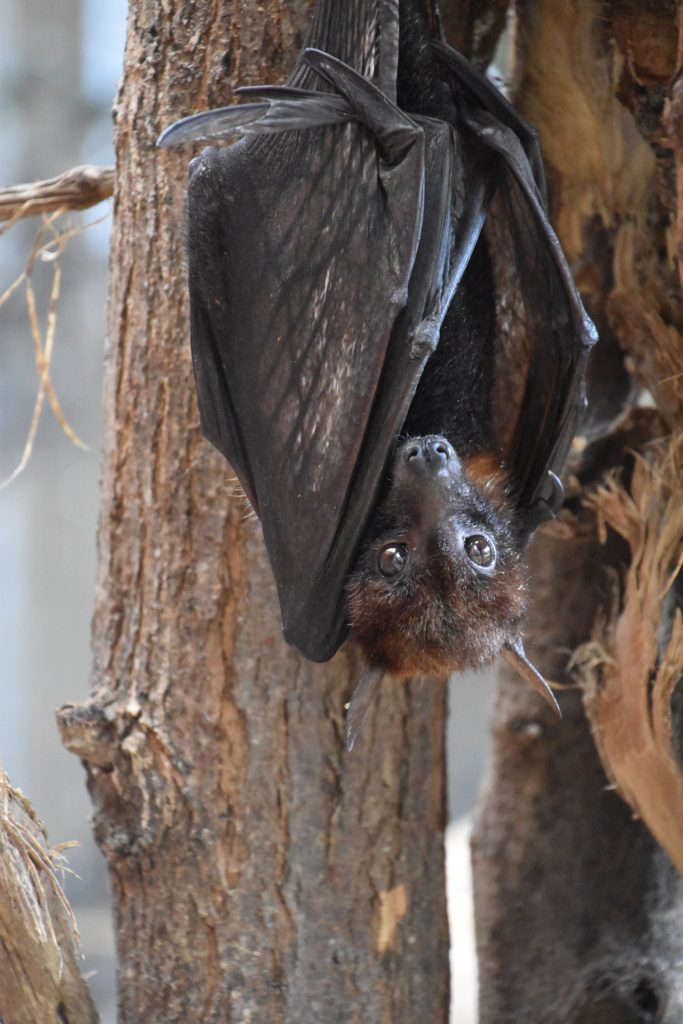
Natural Insect Control With Bats
Bats get a bum deal. Thought of as blood suckers and destroyers of fruit, bats are seen as frightening pests when in fact almost all are beneficial. Those blood sucking bats? Out of some 1,000 species only three actually take blood from mammals. And those live only in the Central American tropics. Most of the fruit bats live in the tropics as well. The bats, like the tiny Indiana bat that populates most of the midwest and east? They’re not blood suckers. They’re bug suckers. Over 70% of all bats — and more in the U.S. — are insectivores.
Some smaller bats also feed on pollen and flower nectar. Like bees, they’re pollinators. Most of these bats also live south of the border and pollinate such fruits as guava, avocados, bananas, and mangoes. The lesser long tongued bat and the Mexican long tongued bat, both pollinators, migrate into the American southwest and California. Both, sadly, are on the endangered species list.
As organic gardeners, it’s important that we encourage every natural predator of harmful insects that we can. One thing we can do is provide bat houses near our garden to encourage bats to live there. About the same size as a bird house, bat houses can host dozens of bats (remember, most bats are small). A bat house, by providing a preferable alternative, will also discourage bats from roosting in your attic or garage. If you install a bat house outside, be patient. It may take bats a season or two to find the house and move in.
If you have a budding scientist at home, bat houses can make a swell gift. Keeping record of the traffic in and out of the bat house as evening sets in, and attempting to identify the type of bats using it, can be a fascinating pastime for bat-happy kids and a way to teach data recording and scientific observation. Bats have been little studied compared to most of the animal world, and learning about bats can make for a fine science project. Here’s a source of information (PDF) on bats. And here are plans for building your own bat house … another worthy project to do with your kids. Not so handy? We know where you can get one that’s ready to go.
Remember, that bats, like all wild animals, can be dangerous. They will bite to protect their territory and can carry rabies (there have been 15 case of rabies transmission from bats in the last 50 years). We used to find bats roosting at a perfect height for observation in dwarf fruit trees around our neighborhood. But you and your children should be taught never to disturb a roosting bat. It might be bad for you and it will certainly be bad for the bat. And you want them out there, cleaning up insect pests.
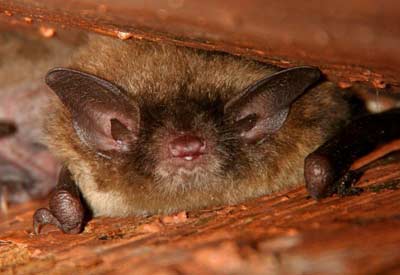
CHOOSE PEST CONTROL SPECIALISTS WHO KNOW THE DIFFERENCE BETWEEN BED BUGS AND BAT BUGS
If you’ve gone this long without hearing the endless news stories and constant complaints from tenants and homeowners about bedbugs, you must have been living under a rock.
A lot of fuss has been made about these tricky insects as bedbugs have a rightly-earned reputation as difficult-to-kill nuisances.
Many reasons are cited for the recent bed bug explosion: increased international travel, increased number of people renting furniture, the uptick in people relying on used clothing items, and of course, the intensifying effects of global climate change.
The trick to identifying a bat bug is by recognizing first that you have a bat issue. Once the little brown bat issue is dealt with, the bug issue can be tackled. It is very important to remember that bats are the catalyst and not the cause of the problem. Bats, possibly due to their nocturnal nature and secretive ways, have been widely mistrusted and feared
Bats are natural, effective pest control specialists — but their portrayal in popular media has led to their vilification. The truth is that almost all North American bats are insect feeders, catching their prey while in flight or plucking them from vegetation. Many people would likely be surprised to learn that a bat can consume more than its body weight in insects in a single night.
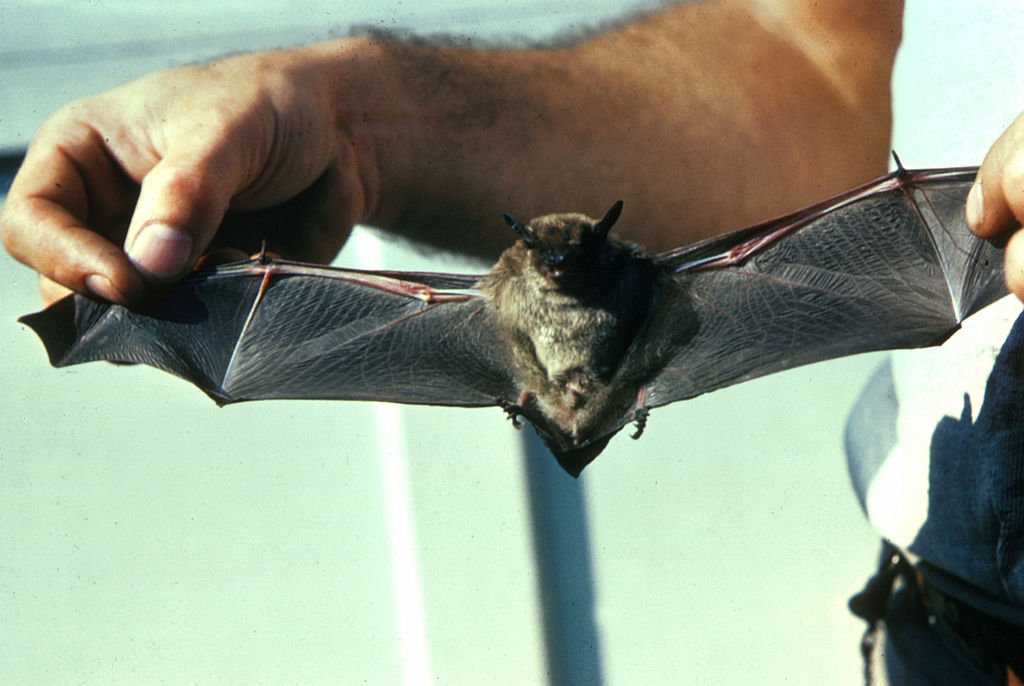
Give Bats an Easy Way Out — Embrace Expert Exclusion
Homeowners all around the region know that bats can be a common problem — but chances are you’d rather not get too close to determine exactly what kind of winged wildlife is haunting your home.
Most bats pose a threat to human health and, when threatened or fearful, will bite, with some carrying rabies. What’s worse, bats keep questionable company — namely, bat bugs. A relative of the dreaded bed bug, bat bugs feed on blood and, like the bats they flew in on, require professional pest removal in order to be fully eradicated from your home.
Where Bats May Be Hiding in Your Home
Bats are brilliant at breaking into spaces that might suit their needs. Barns, attics, eaves, garages, loose siding, even tucking behind shingles and shutters — all are ideal areas for bats to roost.
Dangers of Having Bats in Your Home
The greatest dangers of having bats in your home concern health and hygiene. While bats can carry disease, like rabies, bat guano presents the fungus histoplasmosis. When exposure to histoplasmosis is contained within the lungs, the result is a severe respiratory infection. Bad enough; however, if left untreated, histoplasmosis can spread throughout the body and prove fatal.
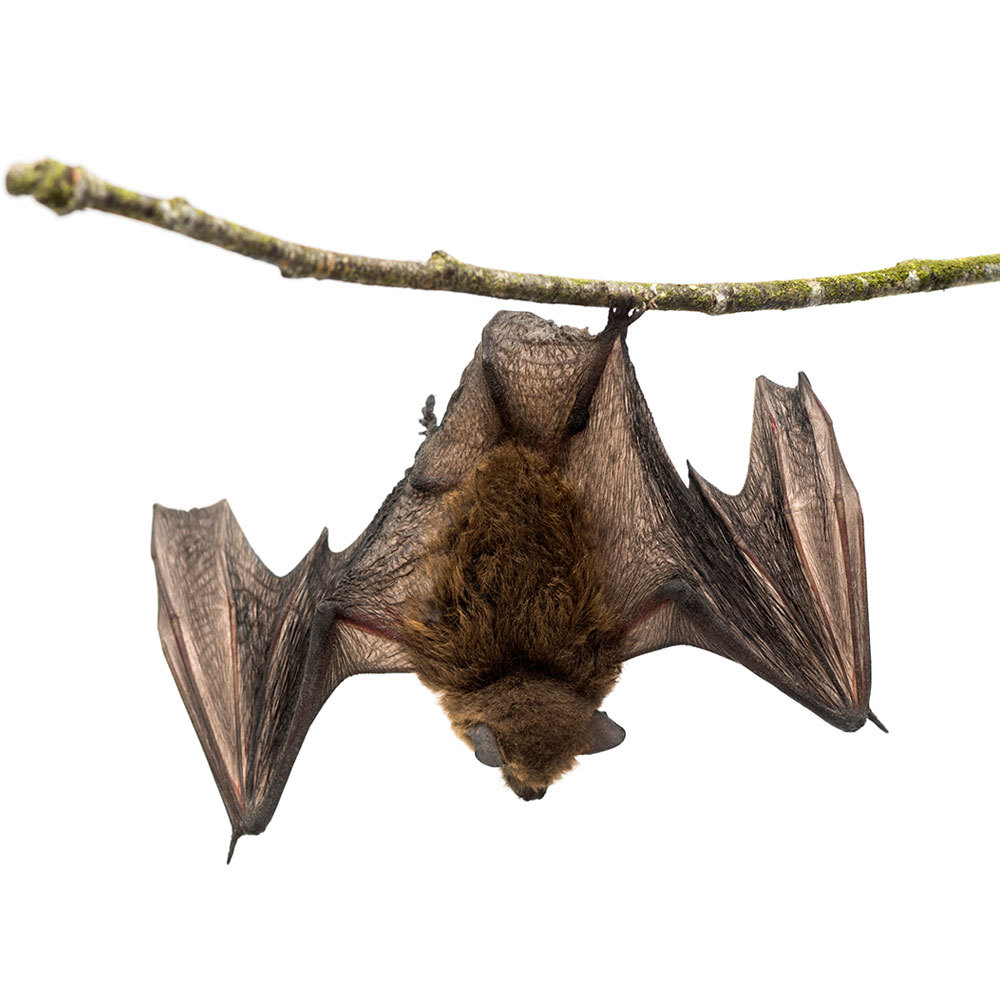
BAT CONTROL
Over the centuries, bats have gotten a bad rap from humans. Like many small and somewhat unappealing animals in the animal kingdom, they are often the subject of myths, misinformation, and misconceptions. In truth, these flying mammals are amazing creatures and an important part of the ecosystem. Because they devour a huge number of insects every night, they provide a real benefit to humans by reducing harmful pests in the great outdoors.
BATS POSE SERIOUS HEALTH RISKS FOR HUMANS
A bat’s bite and excrement can pose serious health risks to humans. You absolutely do not want to share your residence with a colony of bats. While it’s rare, bats do carry diseases and can transfer them to humans under the right circumstances.
Most prominently, bats have been known to carry rabies, and they can infect humans if they bite. Rabies is extremely deadly when left untreated, and bats can also transfer it to other animals, like your pets, if they’re allowed to linger. Bats can carry a disease known as histoplasmosis as well, which is an aggressive respiratory disease that attacks the lungs. Humans can become infected through bat guano, as histoplasmosis originates through a fungus that grows in the dung.
HOW TO HANDLE A SUSPECTED BAT INFESTATION
Bats are nocturnal and generally avoid contact with humans. Often the only signs that you have an infestation will be their distinctive noises, dark stains around the openings they use, and the characteristic droppings filled with parts of insects. If you notice any of these things, give our Tampa pest control professionals a call and we’ll respond quickly to confirm your infestation and provide immediate solutions.
Many companies market DIY repellents that utilize various chemicals, but their general effectiveness is fairly hit-or-miss. Spraying it around suspected entry points might not be effective at all, and the chemicals can even hurt the bats — which you should actively try to avoid. You also want to avoid sealing off crevices, as trapping bats in your house can create even more problems.







